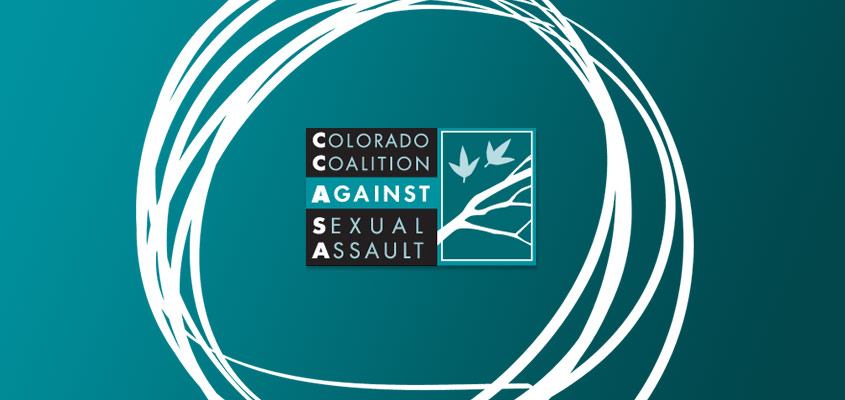by Hannah Skewes and Medha Gudavalli
Hannah Skewes is a writer, photographer and a member of the Colorado Coalition Against Sexual Assault Survivor Task Force.
Medha Gudavalli is a teaching assistant, U.S. Fulbright Program, a Survivor Task Force member and former policy specialist for the Colorado Coalition Against Sexual Assault.
On this International Women’s Day, current headlines make it clear that violence against women is still alarmingly common around the world.
There are too many examples, including the 11-year-old girl in Argentina who was unable to get an abortion after her grandmother’s boyfriend raped her, or the widespread unrest against migrants after the video of a 22-year-old pregnant Ecuadorian woman being murdered by her Venezuelan boyfriend went viral.
It’s easy to feel safe and whole living in the United States, but when it comes to women’s safety, the U.S. is among the worst in the Western world.
We are reckoning with the post-Harvey Weinstein era of believing survivors. A documentary series has conjured fresh scrutiny of sexual abuse by R. Kelly. Reports of rampant sexual assault against thousands in U.S. immigration custody have turned our collective stomachs. Still, many of us like to believe that it doesn’t happen in the U.S. as much now as in the past.
Today is a global celebration of efforts to advance gender equality. Instead of propping the U.S. up as a bastion of democratic freedom, it’s time to climb off the pedestal and take a long look at the dangers women face in our own country.
In June last year, the U.S. was the only Western nation to rank among the 10 most dangerous countries for women. Some countries on this list may seem unsurprising given ongoing military conflicts, insurgencies, religious conflicts and general reputations for hostility toward women. But the United States is ranked 10th and is preceded by countries such as Nigeria, Pakistan, Saudi Arabia, and Syria.
For those inclined to take some comfort in the fact the U.S. was last among the worst, it sits at No.3 with Syria when it came to risk for sexual violence, harassment and coercion. It ranked sixth for violence such as domestic abuse.
The national outlook is bleak and Colorado is no refuge. The prevalence of sexual violence by any perpetrator against women in Colorado is 23.8 percent, more than five percent higher than the national prevalence, according to the CDC’s 2010 National Intimate Partner and Sexual Violence Survey. The lifetime prevalence of sexual violence outside of rape is 47.4 percent for Coloradan women, almost three percentage points higher than the national number.
This means that about one in every four women in Colorado will experience rape or sexual assault at least once in their lifetime. Every other woman in this state will experience sexual violence besides rape.
Furthermore, women of color are almost always in more danger of sexual violence. Women who are Black (18.8 percent), American Indian or Alaskan Native (34.1 percent) and mixed race (24.4 percent) are at higher risks of rape than white women (17.7 percent). It is widely assumed that life here is “better” than in many countries but this is a dangerous fallacy. For one, taking solace in other people’s sorrow does nothing to eradicate that sorrow. For another, especially for those that don’t carry the privilege society has to offer, that assumption is simply not true.
We must start championing women’s rights in our daily lives: speak up when something goes wrong; believe survivors (both men and women) when they try to share their stories; read about the intersections of gender violence with racism, ableism, homophobia and trans discrimination, among others; talk about it with elected officials and loved ones.
The message here is the same as every other instance when we like to point to progress as proof that society has moved past its ills: the work isn’t done yet. While International Women’s Day is a powerful movement in reaching for gender equality, it loses its potency if we pat ourselves on the back for paying attention for one day at the expense of the 364 others.
###

